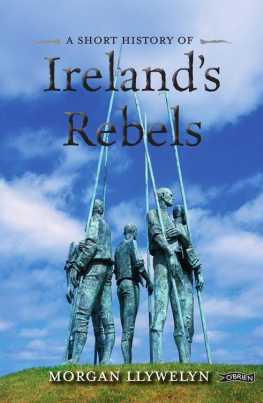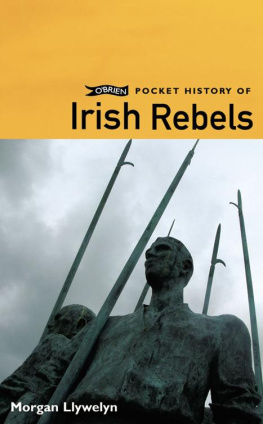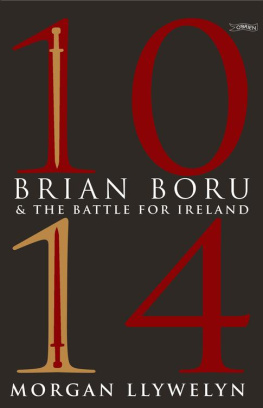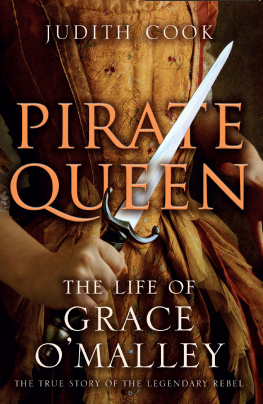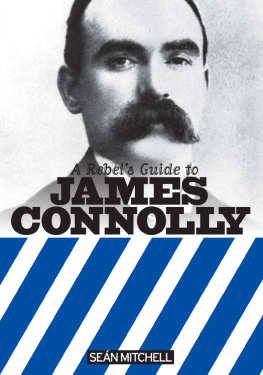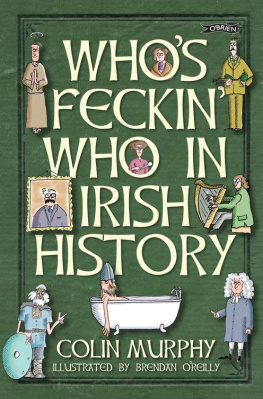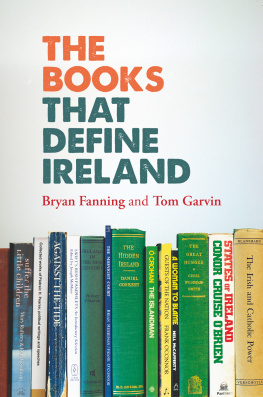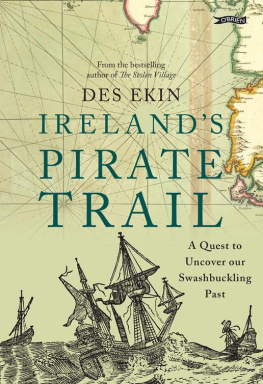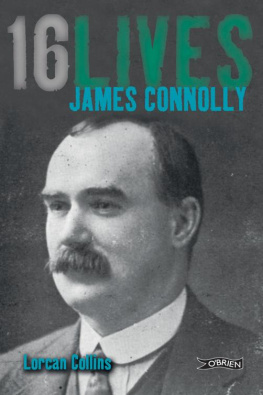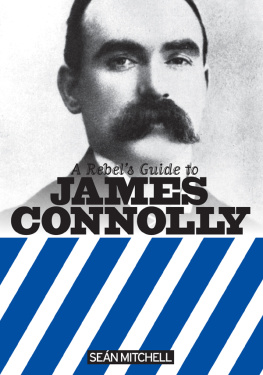From the dawn of history there has been a strong streak of the rebel in the Celtic character. The Oxford English Dictionary defines a rebel as a person who fights against, resists, or refuses allegiance to, the established government; person or thing that resists authority or control.
Early Celtic art provides a visual demonstration of this tendency. Scorning right angles and straight lines, those classic symbols of control, the La Tne sculptors and craftsmen of the Celtic Bronze Age used flowing curvilinear shapes to give a feeling of unfettered freedom. Celtic art swoops and spirals, it cannot be contained.
Julius Caesar encountered the Celtic proclivity for resisting authority when he set out to conquer Gaul. The great Celtic warlord Vercingetorix fought the imposition of Roman order with every fibre of his being. The two viewpoints were irreconcilable. Hundreds of thousands of Celts were ruthlessly exterminated as Caesar enforced his will.
In time the freedom-loving Celts were forced to the western fringe of Europe, making their last stand along the Atlantic seaboard. The histories of Scotland, Wales and particularly Ireland ring with heroic tales, both ancient and modern, of men and women who refused to submit to foreign dominance. Taken individually, most of these stories are tragic. Observed as a whole, they say something magnificent about the human spirit.
Silken Thomas
When the Normans invaded Ireland in the twelfth century they were entering a land well accustomed to rebellion. Kingship in Ireland was not hereditary, but elective, a king being selected from among the eligible members of the ruling clan. This ancient Celtic form of quasi-democracy did not guarantee stability, however. Irish provincial kings occasionally rebelled against their Ard R, or High King; tribal kings even more frequently rebelled against the kings of the provinces.
The argument between Dermot MacMurrough, king of the province of Leinster, and his Ard R, Ruadhri Connor, was the causative factor for the Norman invasion. When the Ard R stripped Dermot of his kingdom, MacMurrough invited Norman mercenaries, led by Richard de Clare, Strongbow, to come to Ireland to win it back for him. As a result the Normans acquired vast tracts of land and all the power that went with it; power that would in time lead them to rebel against their own overlord, the King of England.
The FitzGeralds of Ireland were descended from Maurice Fitz Gerald Fitz meaning son of who had accompanied Strongbow to Ireland. The family, collectively known as the Geraldines, split into two main branches. Senior members of the Leinster branch assumed the title of Earl of Kildare, and the Munster branch, Earl of Desmond.
The Geraldines intermarried with the native Irish as well as English nobility. Garrett FitzGerald, 8th Earl of Kildare (14771513), was an outstanding example of mixed Anglo-Irish stock, combining the best qualities of both races. He earned the sobriquet of the Great Earl and wielded great influence quite independent of the English Crown. He also made powerful enemies. Accused of setting fire to the cathedral at Cashel in County Tipperary, the Great Earl replied, By my troth, I would never have done it but I thought the Bishop was in it.
The King of England, upon being assured that all Ireland could not govern this man, replied, Then let this man govern all Ireland, and appointed him Lord Deputy. FitzGerald remained Lord Deputy, with some interruptions, under Edward IV, Richard III, Henry VII who nicknamed him my rebel and Henry VIII. These were turbulent times for any man to survive, yet he did.
After the Great Earls death Henry VIII appointed Garretts son Gerald to serve as Lord Deputy, feeling this was the best way to control the Kildare Geraldines. But the Geraldines would not be controlled. Eventually, Gerald was arrested for conspiring in a plot with his cousin, the Earl of Desmond, to drive the English out of Ireland. Before departing Dublin for imprisonment in the Tower of London, Gerald FitzGerald appointed his 20-year-old son Thomas to serve as Vice-Deputy.
Thomas was described by contemporaries as a man of great natural beauty, tall and personable, with an amiable countenance, and of nature flexible and kind. He also possessed a full measure of youthful recklessness.
Upon hearing rumours that his father was about to be made a head shorter in the Tower, Thomas flung down the Sword of State in the Council Chamber and cried, I am none of Henry his deputy, I am his foe! His councillors urged caution, and rightly. The rumours, it later transpired, were actually part of a plot by English intriguers who had been attempting to undermine the House of Kildare for generations.
But Thomas would not listen to advice. He assembled a company of 120 horsemen and outfitted them in grand style, including silken hangings on their helmets. With this cavalry and over 800 foot soldiers he paraded through Dublin. The nickname of Silken Thomas dates from this occasion. With a less colourful nickname he might have become just one more rebel in Irish history.
At St Marys Abbey, Thomas FitzGerald formally renounced allegiance to the King and declared war on the English government. The Mayor of Dublin was ordered to arrest him, but the city had been swept by plague and there were not enough men to carry out the order. Archbishop Alen, who had played a major part in the downfall of Gerald FitzGerald, tried to escape the city and the young mans wrath. In the attempt to capture him the Archbishop was killed instead, an event which resulted in the excommunication of Silken Thomas from the Church.
Although the insurrection was a serious one and lasted for almost three years, it was destined to failure from the first. The common people loved Thomas for his courage and physical beauty. But the other great Anglo-Irish lords failed to support him. He managed to raise an army of some 7000 men and was promised help from both Spain and Scotland, but neither materialised. Thomass excommunication weighed heavily against him.
Anticipating an English attack, Silken Thomas strengthened the fortifications of Maynooth Castle to an extent that might have proved impregnable to artillery. Instead it fell to betrayal, that of his foster-brother, who had been left in charge of the castle while Thomas went to gather more troops.
Ironically the betrayer himself was among those executed by the victorious English, who mounted the heads of the castles defenders on spikes. They jokingly referred to this as the Pardon of Maynooth. With the seizure of his castle, Silken Thomass army melted away. Lord Leonard Grey forced him to surrender by burning him out of a small wooden fortress he had built for himself.
As Thomas was the step-nephew of Lord Grey, the young man hoped for favourable terms for the family. But in this he was disappointed. After Silken Thomas was sent to the Tower of London, Lord Grey accepted a bribe to seize his five uncles also. Two of them had opposed the rebellion from the first, but it made no difference. All five were hanged, drawn and quartered at Tyburn in 1537. Silken Thomas only survived them by five months, then met the same fate.
The destruction of the senior adult male members of the family had the intended effect. The Leinster Geraldines were effectively broken.

